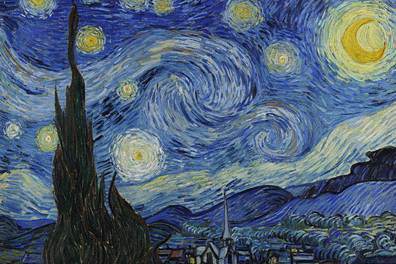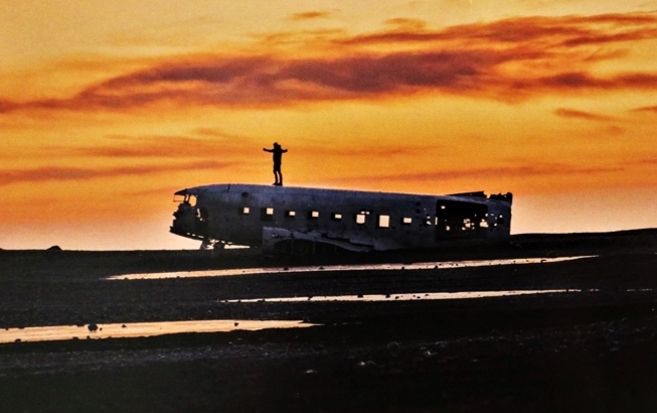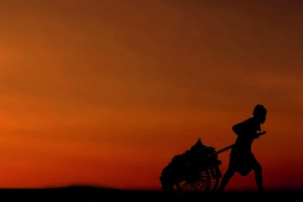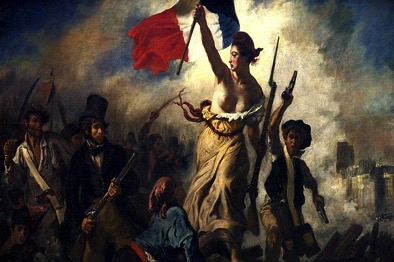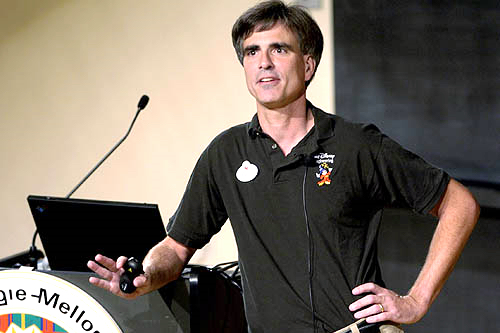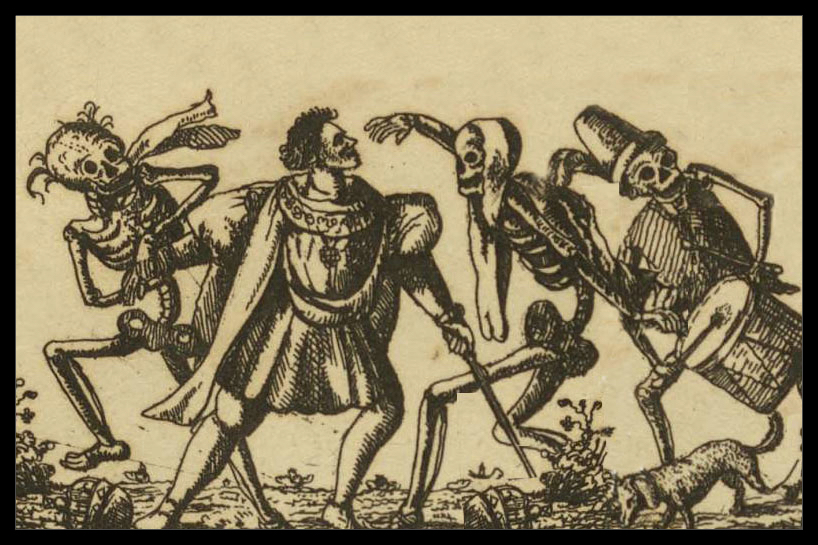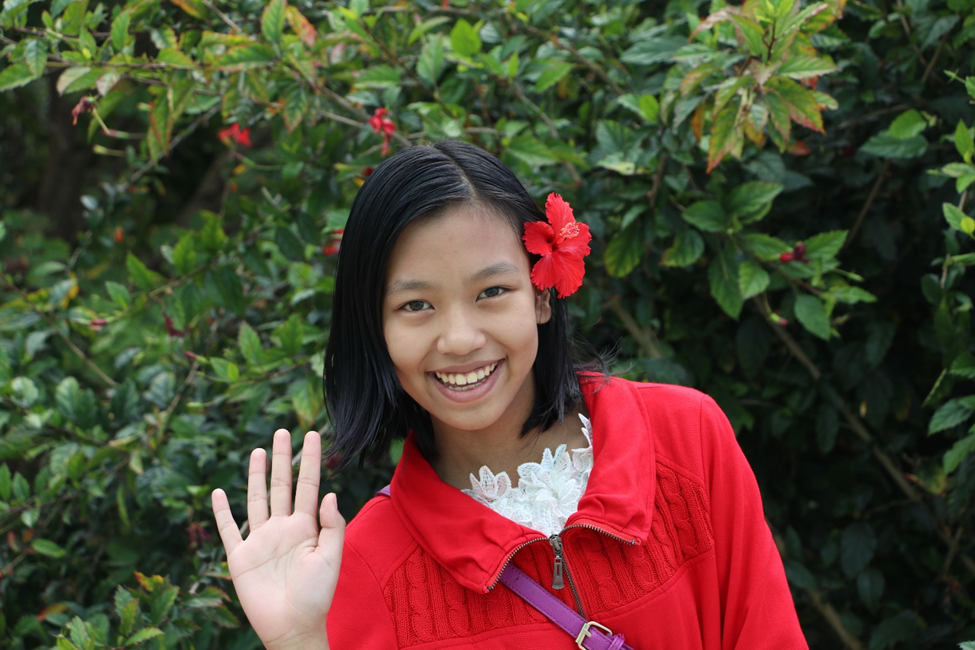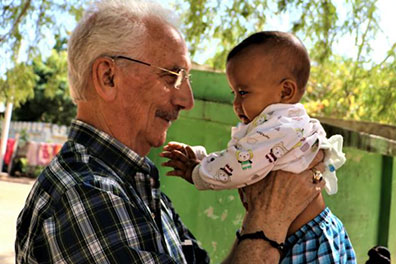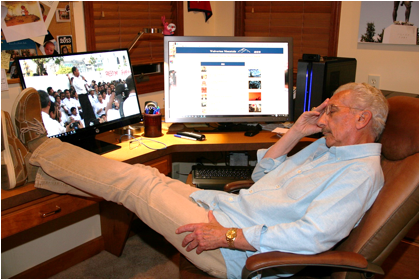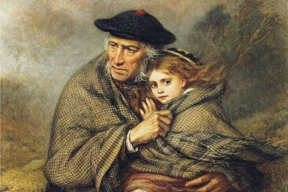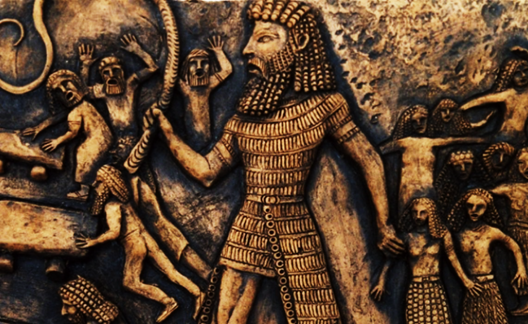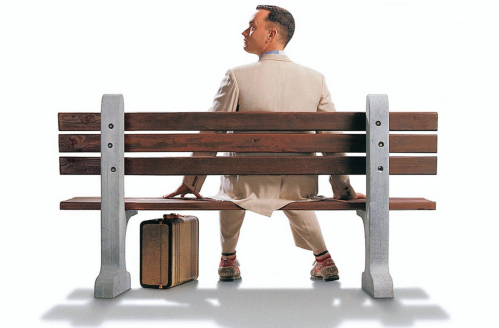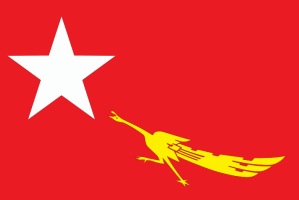The Reality of Living
Since my early teens, I knew that George Burns and I were born on the same day and month. Most people in America wouldn’t recognize George and his wife Gracie or even know who they were. They were comedians in the 50s.
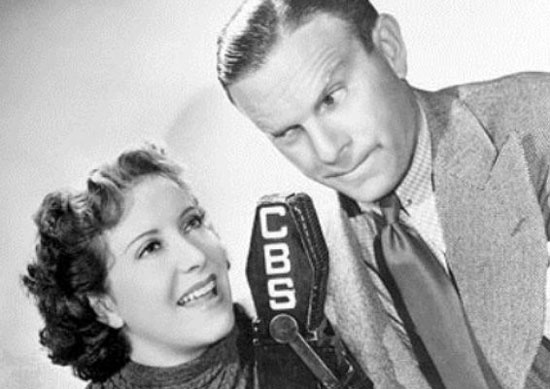
However, many Americans do know George as God, as seen in the 70s and 80s films Oh, God! and its two sequels.

God is a taxi driver with John Denver as a rider.
George responded to an inquiry about playing the role of God. George said, “Should I be the one to play God? We’re both about the same age, but we grew up in different neighborhoods.”
Since I first realized that we shared the same birthday, I have had the goal of outliving George. He was born on January 20, 1896, and died on March 9, 1996. That means I must live to March 10, 2043. Don’t do the math; it's less than 18 years.
Social Security is less optimistic. Our government will estimate one's lifespan. They claim that I have another 7.5 years, which means I will reach 90 years old. That is merely an estimate; the government isn’t guaranteeing that everyone born on January 20th will still be alive at the age of 100.
I happened to come across an Englishman named Tom Parr, a centenarian, while searching the Internet for something. Parr managed to live to 152 years and 19 days, which was the longest recorded lifespan. John Taylor wrote a poem in 1635, which also had a long title: The Olde, Olde, Very Olde Man; or The Age and Long Life of Thomas Parr.
Parr was born in or around 1482 or 1483 and lived in Winnington, England. William Harvey, the famous English anatomist and pulmonary physician, wrote that Parr’s diet consisted of “subrancid cheese and milk in every form, coarse and hard bread and small drink, generally sour whey...On this sorry fare, but living in his home, free from care, did this poor man attain to such length of days.” Parr’s diet doesn’t seem very healthy, especially the near-rancid cheese.

Old Tom Parr had his portrait painted by artists like Rubens and van Dyck.
Parr was a tenant farmer for many years. However, as time went by, he had outlived all his family and friends. He married at 80 and also at 122. Parr’s landowner took him to London to meet King Charles I. Parr enjoyed his visit with the king, who honored him with gifts, as well as meals and drinks typically reserved for the wealthy. While he loved that luxurious cuisine, his body didn’t. Additionally, Parr wasn’t used to the air pollution of London. As a result of the meals, drinks, and pollution, Parr died on November 13, 1635, and was buried at Westminster Abbey.
At 82, I exercise every day on an elliptical trainer, along with working a great deal in both the yard and the house. My diet consists of a variety of foods, including cheese, fish, chicken, salads, fruits, and vegetables. I have done the dance with death twice, which partially explains my drivenness.
I'm scheduled to see my primary care physician in two weeks for an annual checkup. I don’t imagine he will discover some new medical concern and is fully aware of my medical history.
However, my doctor isn’t cognizant that, emotionally, the walls seem to be closing in on me. I don’t fear death. My two dances with death have given me a different Weltanschauung. I want to live a long and productive life. My dances have sensitized me to the reality that my clock is ticking. It is more than an intellectual thought; I feel that reality in my gut.
I have always addressed medical issues. What my various doctors prescribe for me, I take. However, I’m not 21. Nevertheless, I maintain good health and an active life. A medical issue isn’t foreboding.
What concerns me is not facing death; it is not dying. I don’t want to live like Karen Quinlan. Additionally, I don’t want to face some form of dementia. Either one rattles me. I don’t know of a healthier and more active 82-year-old. Nonetheless, dementia scares me. I can feel minor dementia issues, like forgetting where I left something or misspelling a word.
I am not privy to either my medical or psychological situations in the future, I will continue my journey down the yellow brick road of my life. The single most important aspect of that journey is caring for my family in Myanmar and Thailand.
Interestingly, several weeks ago, I was chatting with Ti Ti, my oldest granddaughter, on WhatsApp. I had mentioned that I had sent a wire transfer to her and my family. In response, Ti Ti said, “I wish that you could come to Thailand, and I could take care of you.” I thanked her for her expression of love and caring, but I assured her that I am alive and well. Ti Ti and her family live lives of caring. They are examples of my saying. “It is in giving that we get.”
Think about your life. How much time, talent, or resources do you extend to others? The less you give to others, the more you will resemble our narcissistic president.







